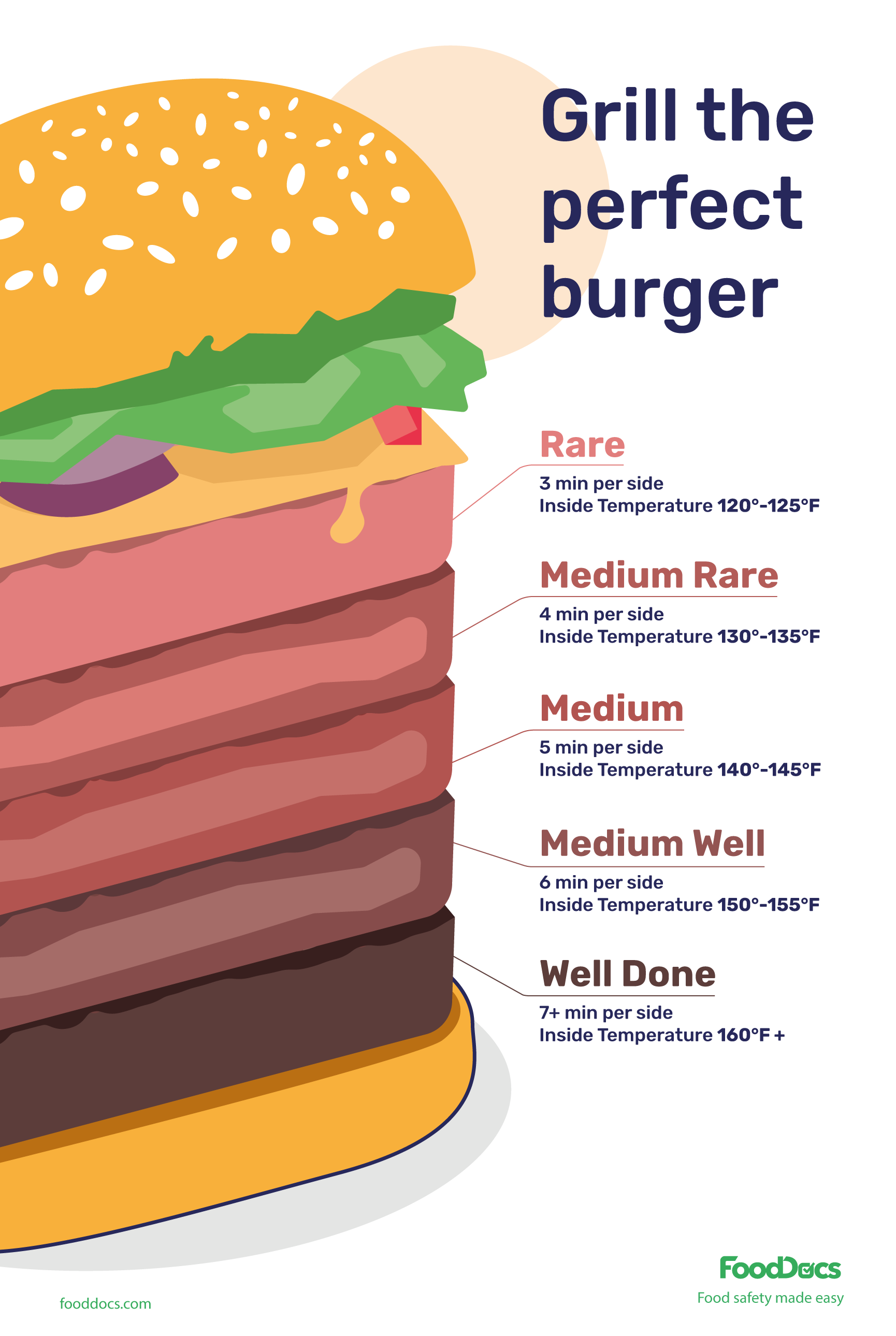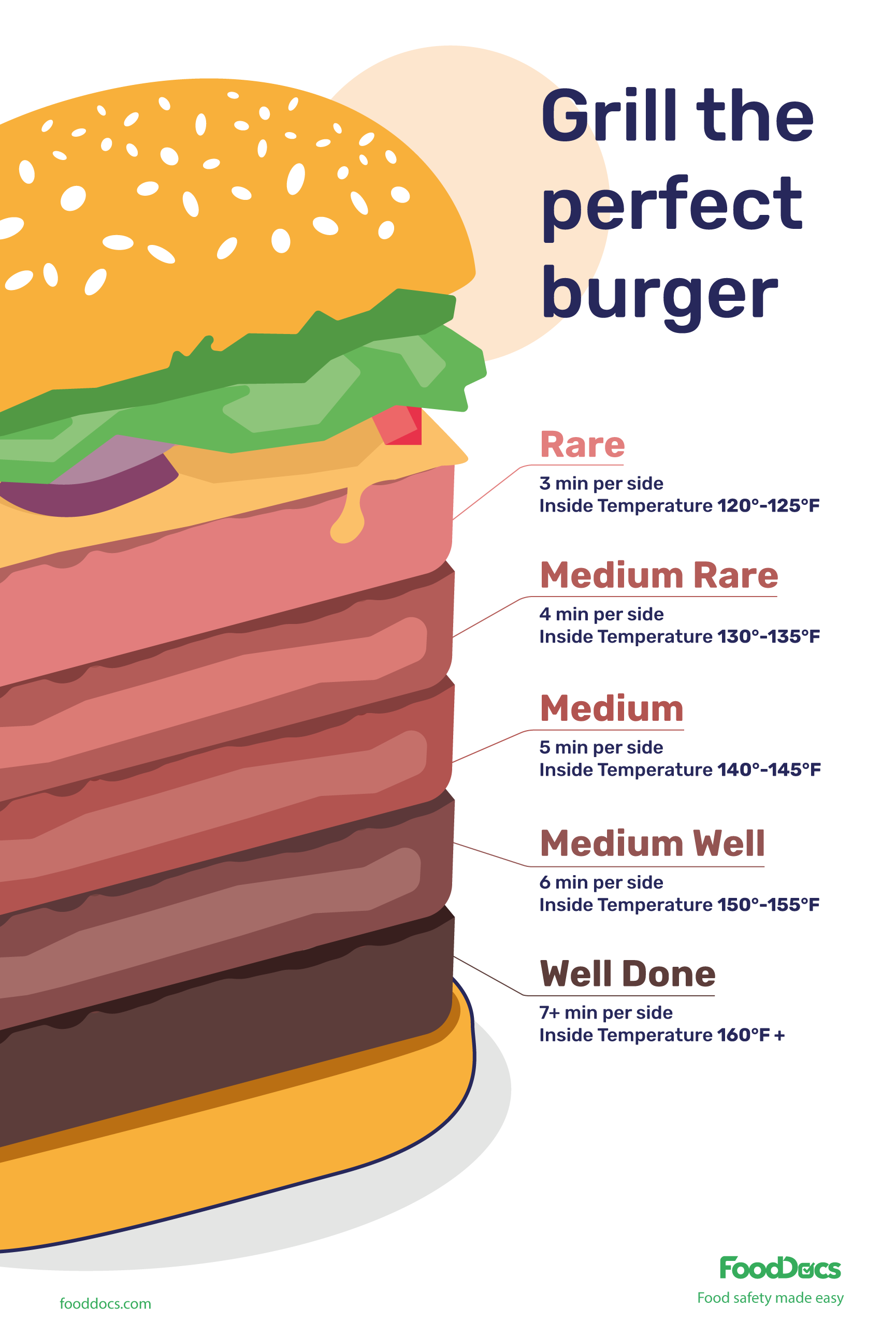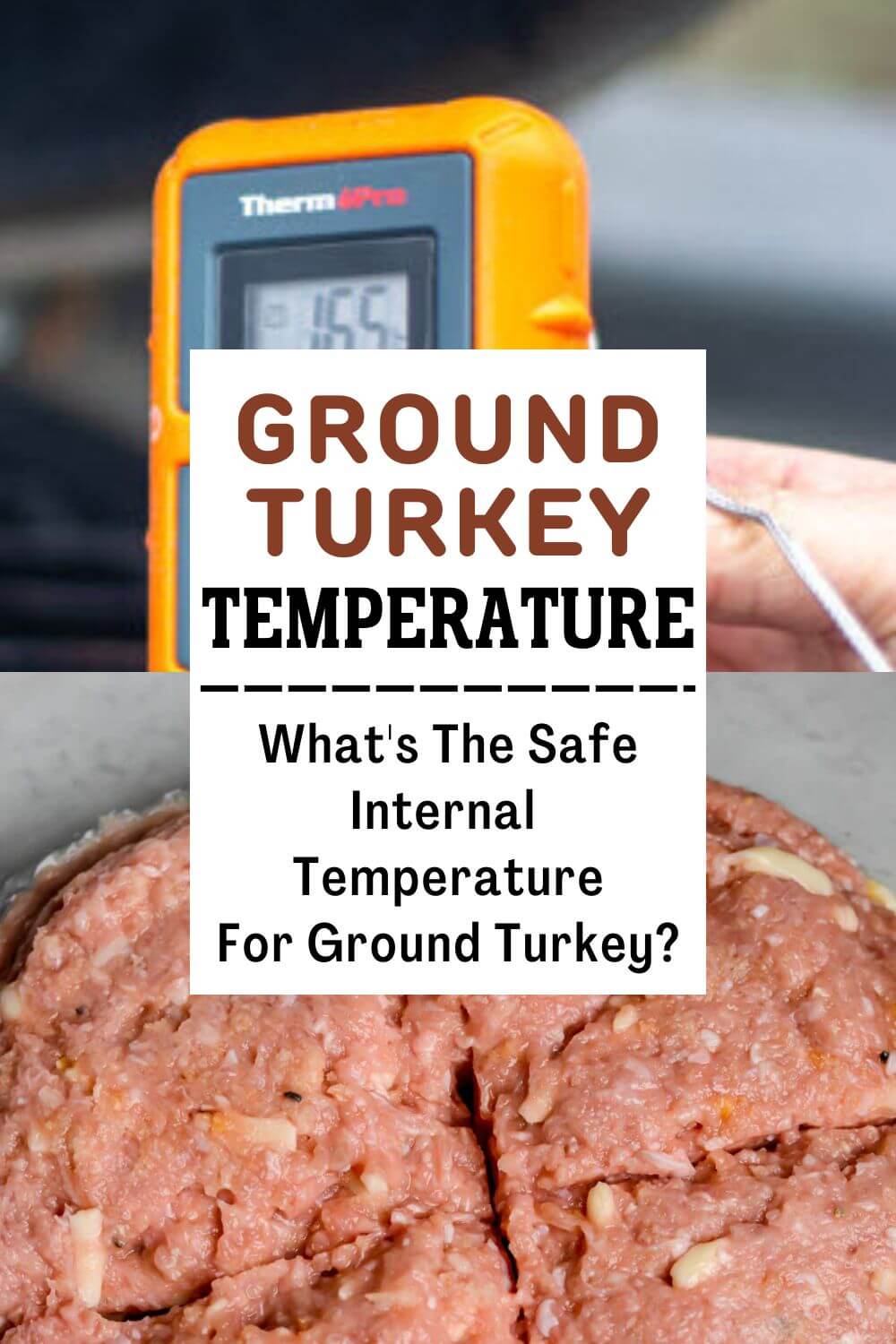Burger Temperature Chart: Ensuring Perfect Juiciness and Safety
– Burgers can be prepared in different ways, just like steak.
– Cooking burgers correctly is important to prevent foodborne illnesses.
– The minimum safe temperature for ground beef is 160 degrees Fahrenheit (FTD).
– Some burgers may not reach 160 degrees Fahrenheit.
– Consuming raw or undercooked foods can be dangerous.
– Meat thermometers are used to check the internal temperature of meat.
– Meat thermometers help lower the risk of foodborne illnesses.
– Meat thermometers allow for accurate temperature readings without compromising flavor and texture.
– To use a meat thermometer, insert the probe into the thickest section of the meat.
– Keep meat thermometers away from heat sources and check temperature in multiple areas.
– The desired internal temperature varies for different types of burgers.
– Blue rare burgers should be cooked to an internal temperature of 115-120 degrees Fahrenheit.
– Blue rare burgers usually reach this temperature in under four minutes of cooking time.
– Burgers should be cooked at medium-high to high heat, between 350 and 400 degrees Fahrenheit.
– Cooked burgers should sit out at room temperature for less than two hours, or less than one hour in temperatures above 90 degrees Fahrenheit.
– Leftover cooked burgers should be stored in a refrigerated area to prevent bacterial growth.
– Cooked burgers should rest for around five minutes before serving.
– It is not required to bring the meat to room temperature before grilling, as starting with cold meat helps maintain the burger’s juicy texture.
– The cooking time for burgers will vary depending on the desired doneness.
– The internal temperature of the burger is more important than the cooking time.
– The recommended internal temperatures for different levels of doneness are:
– Blue Rare: 115-120 degrees Fahrenheit
– Rare: 120-125 degrees Fahrenheit
– Medium-Rare: 130-135 degrees Fahrenheit
– Medium: 140-145 degrees Fahrenheit
– Medium-Well: 150-155 degrees Fahrenheit
– Well-Done: Over 160 degrees Fahrenheit
– Properly preparing burgers is important for food safety and customer satisfaction.


